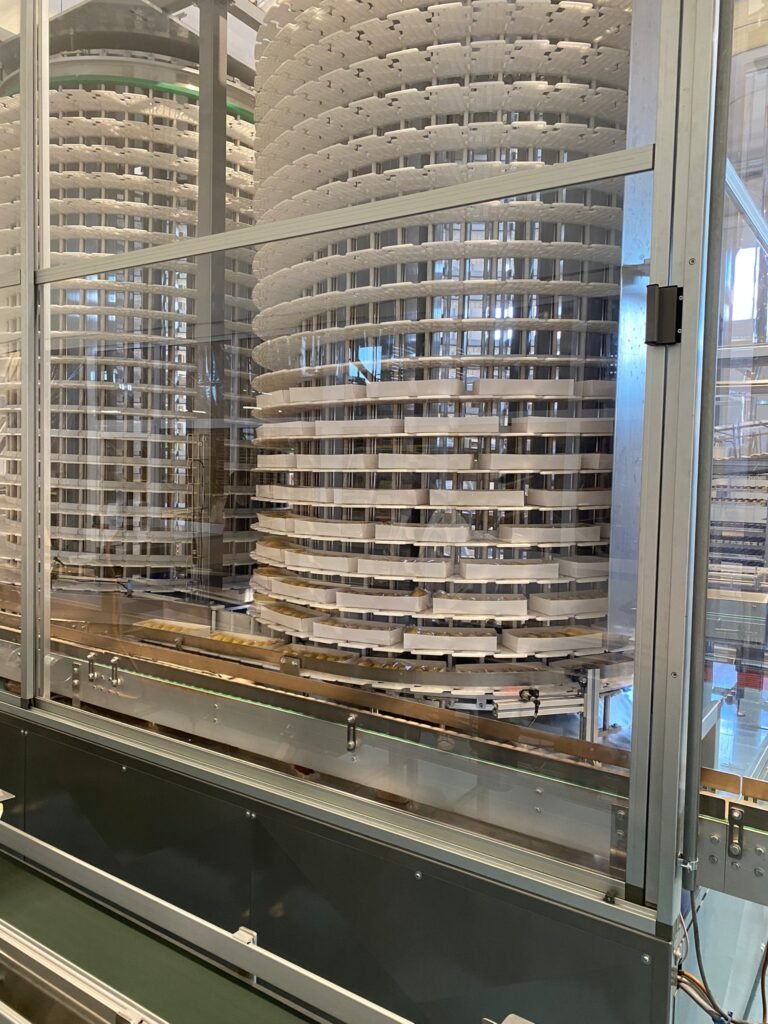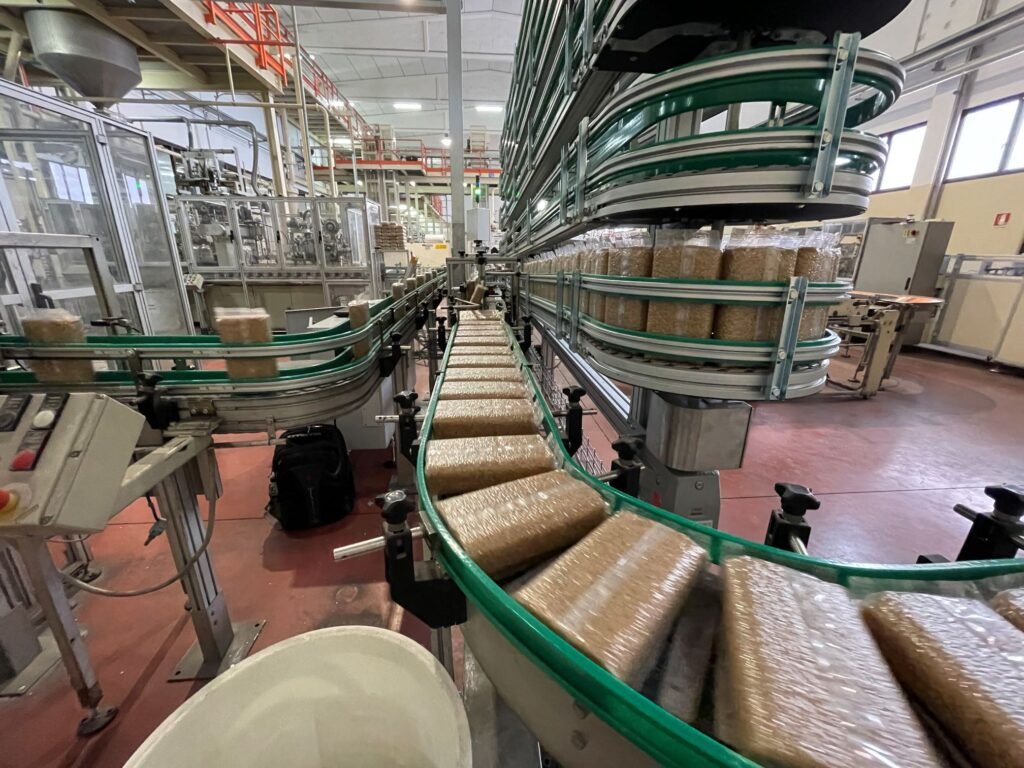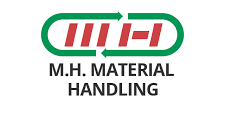The 2023 closure showed increased interest in optimizing existing lines, particularly the demand to implement accumulation or buffer systems, aiming to improve production efficiency, ergonomics, and accessibility of production lines.

This process, although it may be difficult to match the results of optimal design from the beginning, offers an opportunity for improvement with relatively little investment. However, to maximize the benefits, it is imperative to have robust data collection and appropriate guidelines in place.
The core of this article focuses on an in-depth analysis of these issues in order to provide useful insights for planning similar activities. Clarity of objectives plays a key role when deciding to implement an accumulation system, given the significant amount of investment involved.
Accurately identifying the sources of inefficiency, their frequency and duration is crucial to assessing the economic impact online productivity. An analysis of the consequences of shutdowns, including the time to restore normal operations, is also essential.
The use of a buffer can offer a hidden benefit by eliminating the disruption resulting from the continuous flow of production during shutdowns. This is a stress element, that prevents line operators from immediately addressing and resolving problems.
As such, a buffer provides an additional benefit that is difficult to measure during the design phase, represented by the elimination of this disruptive element in operators’ work. A thorough analysis could include testing the line at lower speeds to reduce machine stress, the source of shutdowns, decreasing the frequency of shutdowns and improving overall performance.
Overcapacity of machines downstream of the buffer is a crucial requirement to ensure that they can operate at speeds above the nominal line speed.

This allows the buffer to be emptied without interrupting upstream production, once any inconvenience is resolved. Without this buffer, the flexibility of the buffer decreases, compromising its purpose. A strategic choice might be to reduce the line speed based on accurate data collection.
Considerations of layout and location within the plant are essential. Although height can be exploited by using spiral systems, the footprint remains significant.
In addition to the space occupied by the buffer, it is crucial to consider that required by its inlet and outlet system, often the most complex part of integrating such machines into an existing line. If the device proves to be excessively intricate, it could turn into an additional source of inefficiency.
In conclusion, carefully evaluating the inclusion of a storage system requires time and attention, considering all the conditions previously discussed. Although it is not a particularly complex process, careful evaluation is essential for satisfactory results.

